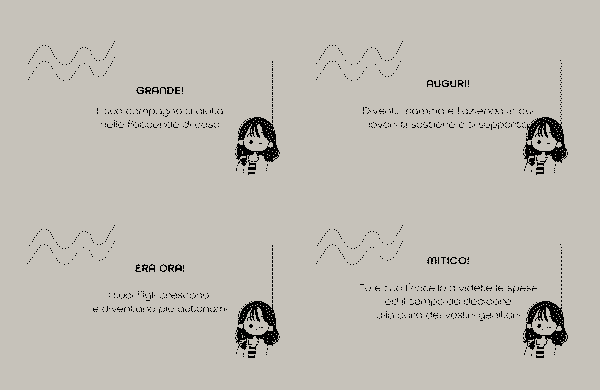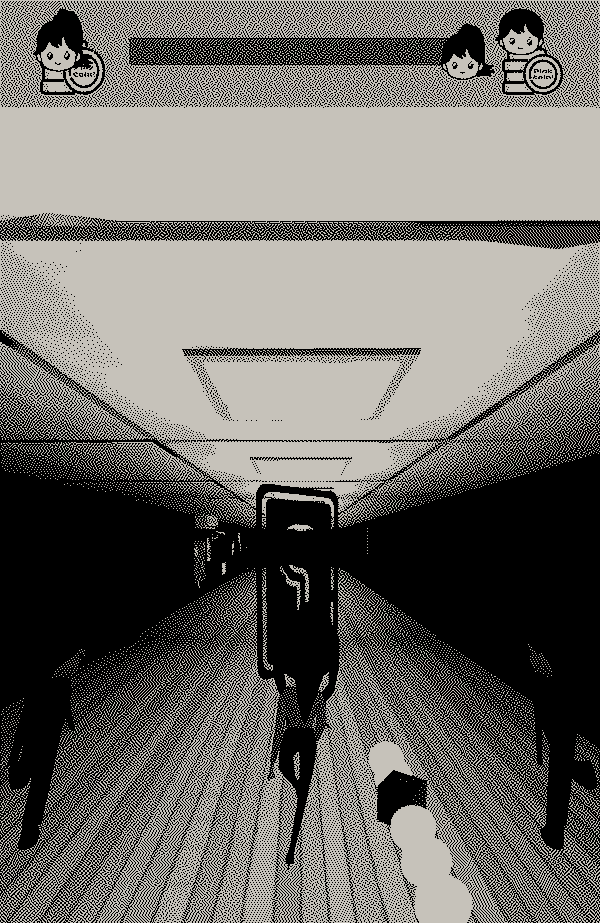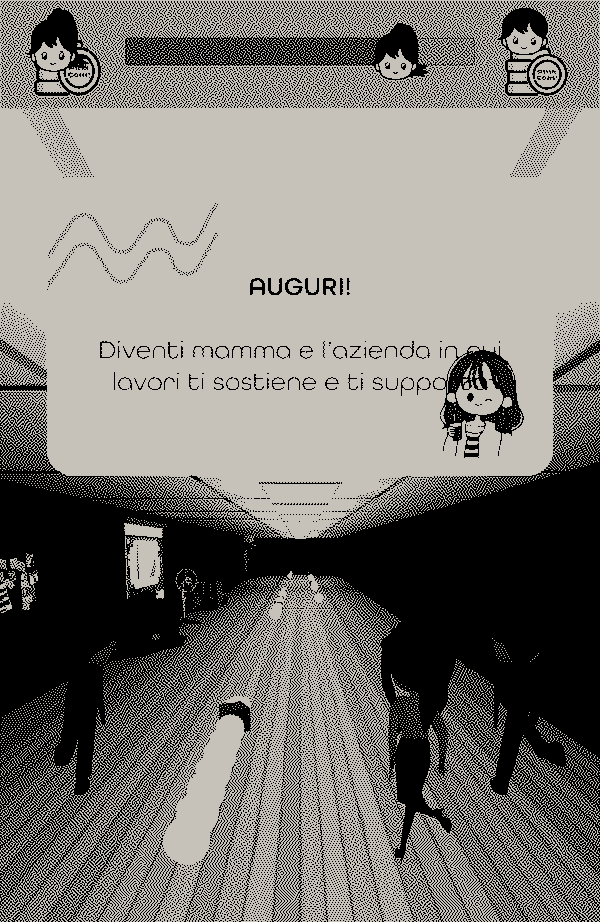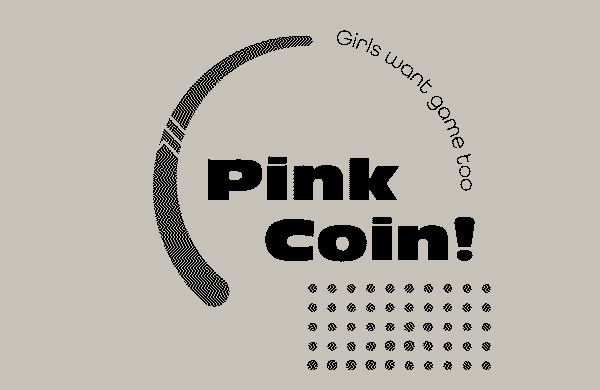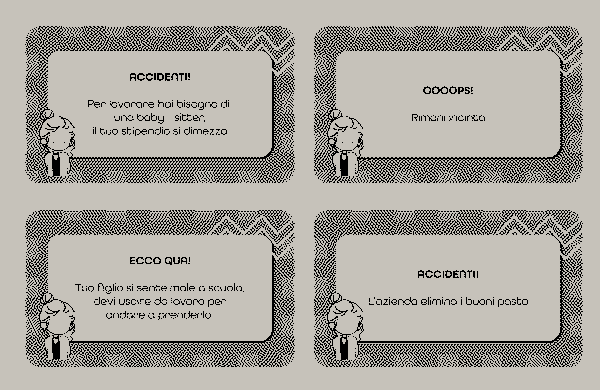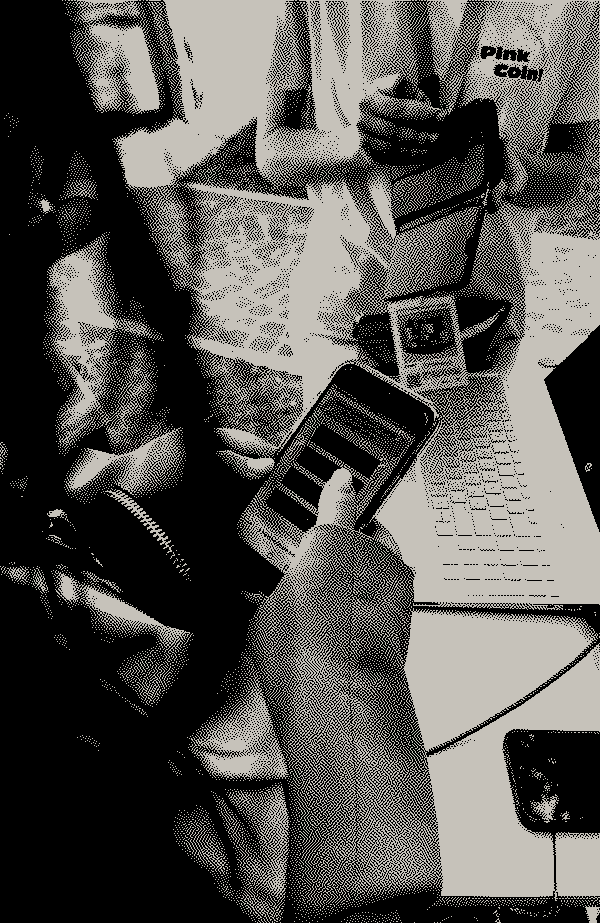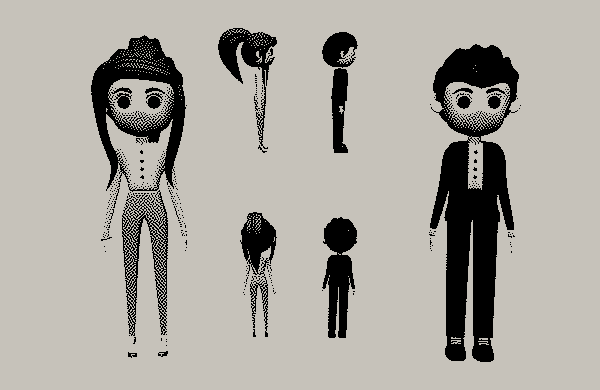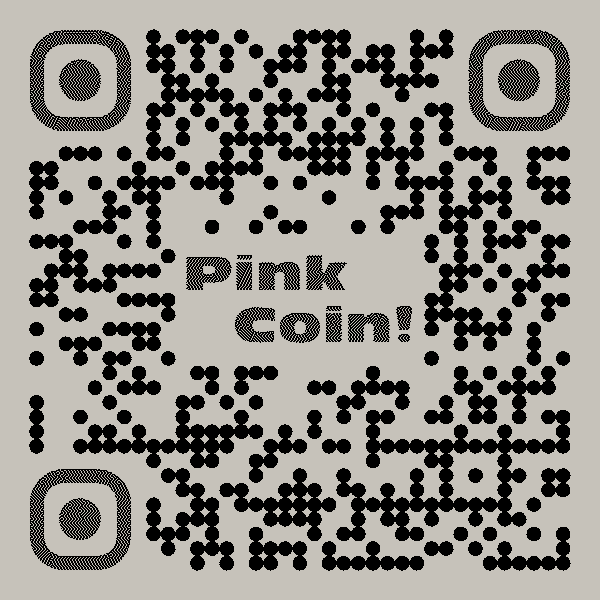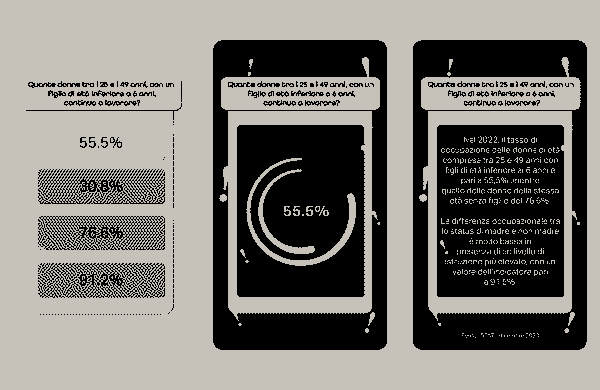Pink Coin! Girls want game too
A video game about the gender pay gap, created with the aim of raising awareness and informing about the persistent wage disparity between men and women.
Description
Low Birth Rate and Population Aging: What Are the Causes of a Negative Trend That Will Have Completed Its Cycle by 2050, Reversing the Demographic Pyramid in Western Countries? Few Children, Many Elderly—Both Are Issues Closely Connected to the Female World. What Does It Mean to Be a Woman in Today’s World? Being a woman is synonymous with many things: home, family, care, but also entrepreneurship, career, and ambition. Being a woman also means being a mother, but this often impacts one’s career. Many women find themselves having to choose between work and family. After careful research and analysis of the wage gap between men and women, considering equal qualifications, education, and positions within a company, it has become evident that the Gender Pay Gap is one of the causes that contribute to low birth rates in the country, which in turn slows down generational turnover, leading to the progressive aging of the population. Among the fundamental objectives of the project are awareness—since understanding the issue is the first step toward significant change—user interaction, which is essential for conveying information, and finally, the lightness with which the topic is treated, as the medium is meant to be engaging and entertaining to stimulate user curiosity. Pink Coin! is a serious game that encourages reflection. Designed to be accessible to everyone, it aims to offer a conscious, stimulating, and interactive experience. The research began with the analysis of numerous articles, from which data were extracted, studied, compared, and examined, becoming the central core for the development of Pink Coin! The data, derived from various sources and displayed within the game, are the information intended to raise awareness and help people understand the challenges that women face daily. Pink Coin! is an “endless run” video game in which the female protagonist must run to reach the same goal as her male colleagues. Along the way, there are bonuses and penalties representing the opportunities and obstacles that a woman may encounter daily, which can either speed up or slow down her progress. The goal of the game is to cross the finish line alongside male colleagues who are not affected by bonuses or penalties. Along with these elements, there are question cards that the user must answer, which serve as the medium for information and data visualization. The project’s innovation lies in the game design itself, as we chose to address such an important issue with the lightness of a game to make it accessible to everyone, young and old, thanks also to the use of attractive graphics, which carry deep symbolism derived from careful study of their forms and thoughtful color choices. Women who find themselves having to choose between work and family often give up the idea of having children—or more than one—in favor of their careers or to keep their jobs. It is the men in charge of companies who put them at this crossroads, deciding whether or not to grant them benefits for becoming mothers, fire them, or not hire them at all. Our commitment to creating a video game on the Gender Pay Gap stems from the desire to raise awareness and inform about the persistent pay disparity between men and women. This urgent and current issue requires conscious and accessible dissemination, and we have chosen video games as a medium to reach a broader and more diverse audience. Understanding one of the causes of the low birth rate and the progressive aging of the population is just one of the first fundamental steps toward finding one of the possible optimal solutions. Pink Coin! is just the beginning.
